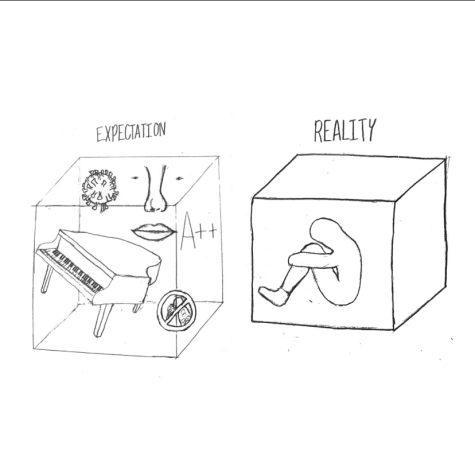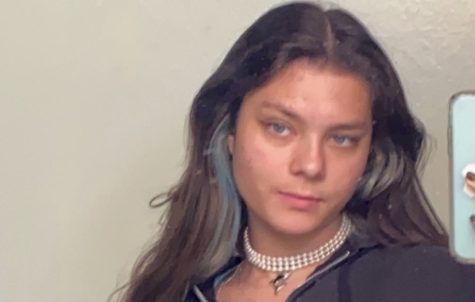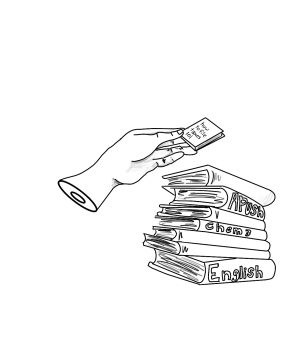Everyone needs to help AAPI students out of the “model minority” box
May 6, 2023
At Redwood High School, Asian American and Pacific Islander (AAPI) students have been invalidated and dehumanized time and time again — primarily because of their peers’ ignorance. The US Department of Justice recently released a statistic that shows a 76 percent increase in Asian American hate crimes from 2019 to 2020. So many white students turn a blind eye to the horror that takes place in the world around them due to the sense of detachment that the bubble of wealth Marin provides. It feels downright obscene to choose to remain ignorant at this moment in history, with hate crimes on such a rise, but many high school students feel bulletproof because of a plethora of privileges accessible to them. This may include guaranteed university acceptances based on generational wealth, popularity due to widely-accepted Euro-centric beauty standards and guaranteed access to resources that ensure their mental stability. Students who speak mindlessly and behave as if their actions have no consequences normalize racism.
White ignorance is so prevalent among Marin’s youth, that even when kids have direct reasons to be better-informed, they rot in their own blindness. In middle school, a friend of mine who is biracial was dating a white boy and she brought him home to meet her family. In the middle of her family dinner, the boyfriend asked loudly to the entire table whether Asian people even count as people of color, since they basically look white. He had an expression of confusion on his face, having believed that to be true his whole life. My friend was horrified and even more so when the rest of her family laughed it off, thoroughly acclimated to undereducation just like that.
It may seem strange that I am so invested in this particular issue as a white person, but it is not an option to stay detached from matters of human rights, regardless of personal circumstances or race. To stay silent is ultimately the same as taking the side of the oppressor. It is quite genuinely impossible to be neutral.
That being said, there are plenty of ways to stay educated and be a consistent ally to AAPI people. I recommend incorporating education into one’s daily routine, like following people on social media who share information that is relevant to current events or bringing the topic of race into discussions when relevant.
On top of just this, I have some personal claim to issues of race, too, especially those relating to the AAPI community. My mom is half-Japanese and I grew up in a predominantly Asian community. I went to a private Buddhist elementary school, where two hours of Mandarin instruction were mandatory daily. When I was little, I was the only white person in most classroom settings. My sister and I would wake up every morning hoping our hair had magically turned black, sleek, pin-straight and shiny overnight. When I moved to Marin, it was a thorough shock to see so many people who look like me and “joke” cruelly about all Asian people looking alike or spending all of their time doing math homework. I had never experienced anything like it before; I had never heard any peers of mine talk derogatorily about anything even remotely to do with race until I was 12-years-old. All of this goes to show that racism is unarguably a thing that is taught, and thus can and needs to be unlearned.
At Redwood specifically, Asian people are too frequently placed into boxes of what they can or cannot be, entirely because of their race. I frequently hear sentiments of “looking too Asian” to be interested in performing arts or having too heavy of an accent to participate in Mock Trial.
Too many people also argue that it’s just not that deep; a joke is a joke and it has no long lasting effect. While this is a sentiment that would be nice if it were true, Jason Wu, a licensed psychologist who specializes in cultural issues, says otherwise.
“Racism can shape the attitudes and beliefs of people who both experience [it], as well as witness it. This includes both the oppressed group as well as those in the majority group,” Wu said.
Not only are the people directly involved in incidents of racism affected, but also bystanders or anyone at all who interacts with any party involved, because these incidents ultimately affect the overall dynamic of the community — not only the one person who made a racist comment and the one person it was directed at. Undereducation leads to blatant racism and isn’t ever acceptable. For adolescents, to choose ignorance is to choose hate toward AAPI people.







